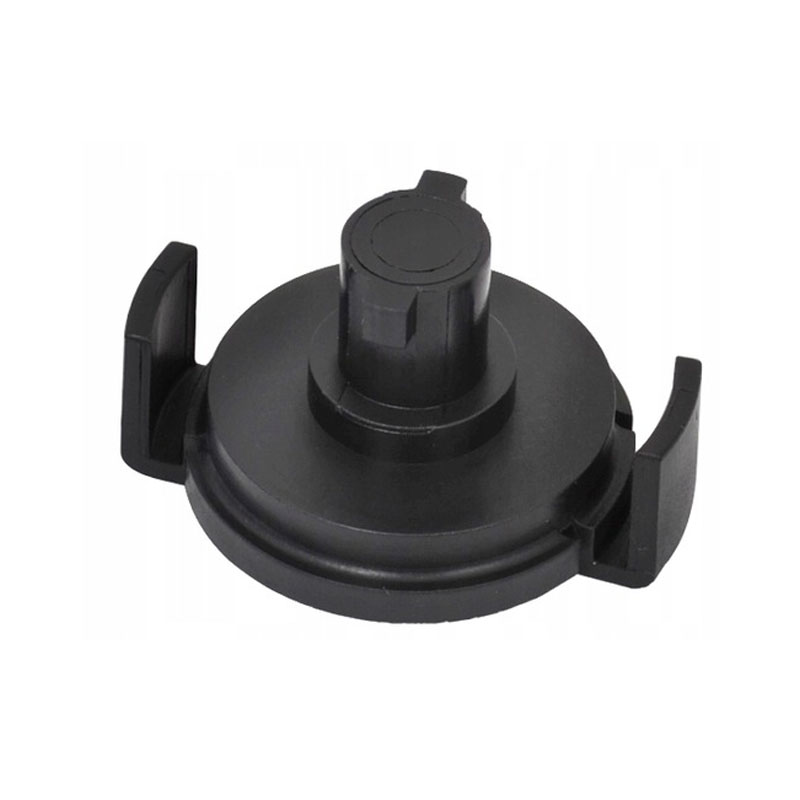Durable Plastic Oil Pan Drain Plug for Efficient Fluid Management
Understanding Plastic Oil Pan Drain Plugs Benefits and Considerations
When it comes to maintaining the performance and longevity of your vehicle, the oil pan drain plug may not be the first component that comes to mind. Yet, this small but crucial part plays an essential role in the oil management system of any internal combustion engine. With advancements in materials technology, the emergence of plastic oil pan drain plugs offers a modern solution to an age-old problem. In this article, we will explore the advantages of plastic oil pan drain plugs, potential disadvantages, and essential considerations for automotive enthusiasts and vehicle owners.
The Role of the Oil Pan Drain Plug
The oil pan drain plug is a small but vital component at the bottom of the oil pan, allowing for the easy draining of engine oil during maintenance. This plug must create a tight seal to prevent oil leaks while also being easy to remove for oil changes. Traditionally, these plugs have been made from metals such as aluminum or steel, chosen for their durability and resistance to corrosion. However, these materials also come with their limitations, including susceptibility to rust, weight, and the potential for stripping threads during repeated installations.
The Case for Plastic Oil Pan Drain Plugs
1. Weight Reduction One of the most notable advantages of plastic drain plugs is their lightweight nature. Reducing vehicle weight can have significant benefits for fuel efficiency and overall performance. In an era where every ounce counts, automotive manufacturers are increasingly turning to lighter materials to optimize their vehicles.
2. Corrosion Resistance Unlike metal drain plugs, plastic drain plugs are inherently resistant to corrosion. This characteristic is particularly beneficial in environments where vehicles are exposed to moisture and road salts, helping to prolong the life of the oil pan and maintain a secure seal.
3. Cost-Effectiveness Plastic drain plugs can be less expensive to manufacture than their metal counterparts. As a result, automotive manufacturers may reduce production costs while still providing a reliable component. This cost-effectiveness can ultimately be passed on to consumers, allowing for cheaper maintenance or replacements when needed.
4. Easy Installation and Removal Plastic drain plugs often feature design elements that make them easier to handle. Their lightweight nature makes them simpler to install and remove, reducing the risk of cross-threading. Additionally, many are designed with user-friendly features, such as built-in grips, which can enhance the ease of performing oil changes.
plastic oil pan drain plug

5. Sealing Performance Modern plastic formulations can provide an exceptional seal, helping to prevent leaks. This sealing ability is critical for maintaining proper oil levels in the engine, which ultimately impacts performance and lifespan.
Potential Disadvantages
Despite the numerous advantages, plastic oil pan drain plugs do have potential drawbacks that must be considered.
1. Heat Resistance Depending on the quality of the plastic used, heat resistance can be a concern. Automotive applications often involve exposure to high temperatures, and if a drain plug cannot withstand these conditions, it may warp or deform, leading to leaks.
2. Durability and Impact Resistance While modern plastics can be quite strong, they may not match the impact resistance of metals. In environments where the vehicle is subject to heavy-duty use or off-road conditions, a plastic drain plug may be more prone to breakage compared to a metal plug.
3. Long-Term Reliability The long-term reliability of plastic drain plugs is still being evaluated. While they exhibit excellent performance under regular usage conditions, heavy-duty applications or extreme conditions may test their limits over time.
Conclusion
Plastic oil pan drain plugs represent a noteworthy advancement in automotive technology, offering several benefits including weight reduction, corrosion resistance, cost-effectiveness, and ease of use. However, potential drawbacks like heat resistance and durability should also be carefully considered. As with any automotive component, it is crucial for vehicle owners and enthusiasts to evaluate their specific needs and driving conditions when choosing between plastic and metal drain plugs for their maintenance solutions. Ultimately, informed decisions will contribute to the overall efficiency and reliability of your vehicle, ensuring it performs at its best for years to come.
-
Understanding the Front Main Engine Seal: Purpose, Maintenance, and Installation
News Jul.29,2025
-
Understanding O-Rings and Seal Rings: Types, Applications, and Custom Solutions
News Jul.29,2025
-
Understanding Crankshaft Oil Seals: Rear Seals, Pulley Seals, and Their Role in Engine Integrity
News Jul.29,2025
-
The Importance of Front and Rear Crankshaft Seals in Engine Performance and Oil Management
News Jul.29,2025
-
Crank Oil Seals: Functions, Types, and Cost Considerations in Engine Maintenance
News Jul.29,2025
-
A Comprehensive Guide to O-Rings and Seals: Types, Materials, and Global Applications
News Jul.29,2025
-
Mastering Diesel and Performance Engine Maintenance: A Guide to Critical Oil Gaskets
News Jul.28,2025
Products categories















